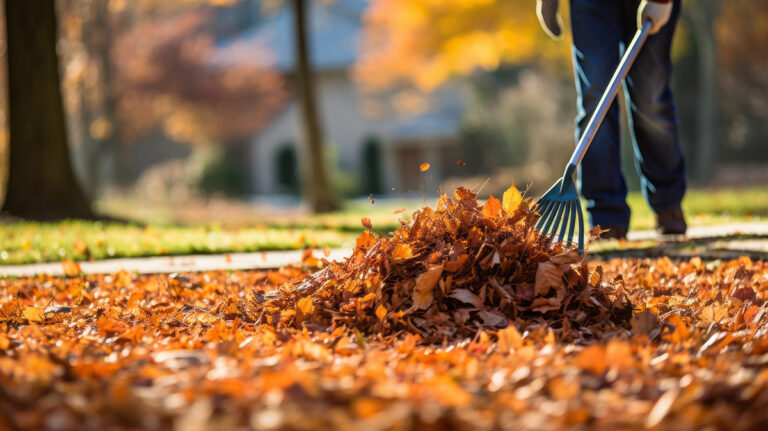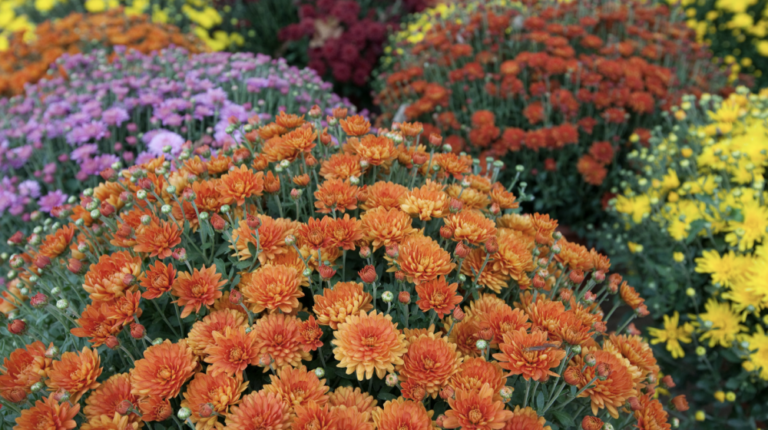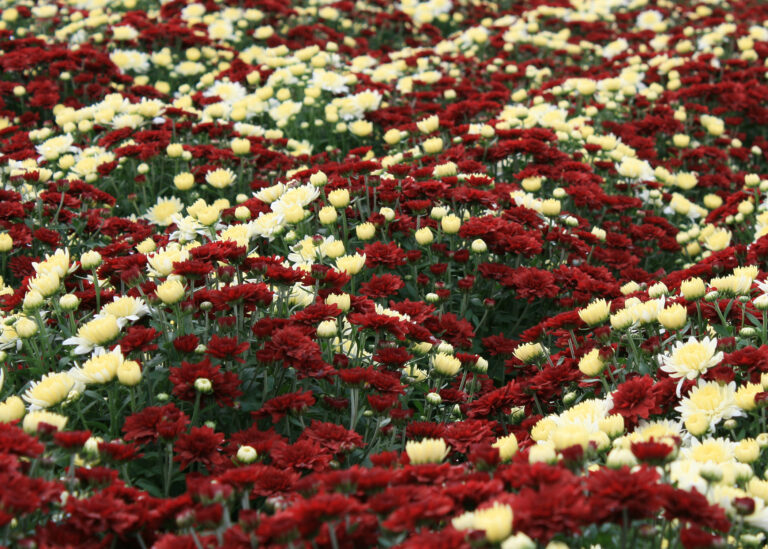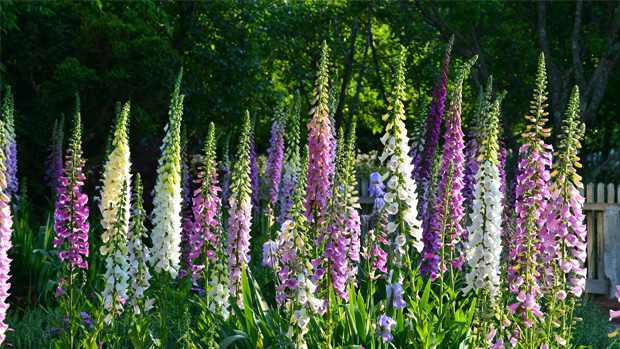
2016-04-21-bad planticine
Once again, spring is officially upon us in North Mississippi. It’s a great time to take advantage of the warm (but not yet blazing hot) weather and get outside to prepare your yard for this year’s growing season.
This time of year, I am often asked for recommendations on what types of flowers, shrubs, and trees people should plant in their yard. My answer is pretty simple: whichever ones you like. That’s the best thing about gardening, you can grow whatever you like (as long as it’s legal, of course) and prune it in whatever shape you choose. Hell, I once heard a Mississippi Master Gardener proclaim that “you can prune with dynamite.” That’s probably not the best idea, but technically, he wasn’t wrong.
So, while I can’t really tell you what plants you should put in your garden, I can tell some that you might not want to. There can be several reasons to leave a plant out of your yard or garden, but for now, we’ll stick with three main issues: they’re poisonous, they’re invasive, or they’re structurally weak. The last one applies mainly to trees, but we’ll get to that in a bit.
Some of the most beautiful plants in the world are poisonous. I even have some poisonous plants growing in my yard. But I know the difference, and I don’t have kids or neighbors with kids. So here are a couple of flowering plants you may want to avoid if you have small children or live in an area with many of them.
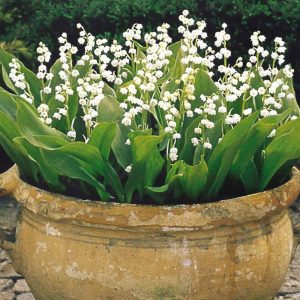 Lily-of-the-Valley (Convallaria majalis)
Lily-of-the-Valley (Convallaria majalis)
Lily-of-the-Valley is an herbaceous perennial found in temperate areas of the Northern Hemisphere. It blooms in the late spring and has white, bell-shaped, sweet-smelling flowers and small orange-red berries. Toxicity is the plant’s defense against animals eating its seeds. All parts of the plant—the stems, the leaves, the flowers, and the berries—are extremely poisonous. It’s worth noting that this plant differs from native Maianthemum canadense, which some people refer to as Wild Lily-of-the-Valley.
If you’re a fan of Breaking Bad, you may remember Lily-of-the-Valley as the plant that Walter used to poison Brock. If you’re not a fan of the show, you should be, but that’s another article.
Foxglove (Digitalis purpurea)
Common foxglove is an herbaceous biennial flower that can be found in both in gardens and in the wild anywhere in USDA zones 4–10 (Oxford is in zone 7b). These tall, stately plants produce clusters of tubular shaped blooms in colors of white, lavender, yellow, pink, red, and purple; which makes them attractive to the hands and mouths of small children. Poisoning usually occurs from sucking the flowers or eating the seeds, stems, or leaves (basically any part) of the plant.
Invasive plants can be found just about anywhere you go. For example, every southerner knows exactly what kudzu looks like. An invasive plant has the ability to thrive and spread aggressively outside its natural range. A naturally aggressive plant may be especially invasive when it is introduced to a new habitat. An invasive species that colonizes a new area may gain an ecological edge since the insects, diseases, and foraging animals that naturally keep its growth in check in its native range are not present in its new habitat. The following are a couple of the more aggressively invasive plants found in North Mississippi landscapes.
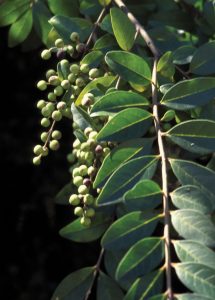 Chinese Privet (Ligustrum sinensis)
Chinese Privet (Ligustrum sinensis)
Native to China, privet was introduced in the United States as an ornamental shrub in 1852. It’s now found pretty much everywhere in the South. It forms dense thickets along roadsides, fence rows, fields, rights-of-way, and in forested creek bottoms. A member of the olive family, privet abundantly produces seeds and regenerates by root sprouts, quickly forming dense stands. Because of this, privet crowds out native plants and trees. Privet typically produces small white flowers in early summer and large clusters of seeds in the fall. Seeds are consumed primarily by birds and disseminated.
Japanese Honeysuckle (Lonicera japonica)
This Japanese native was first brought to New York in 1862. Most southerners are familiar with Japanese Honeysuckle, as its white blooms are commonly seen along fence rows, forest openings, and disturbed areas. However, this plant’s dense growth crowds out native vegetation, reducing the variety of native plants available to wildlife, and can stunt or kill growing trees. It’s worth noting that native Coral Honeysuckle (Lonicera sempervirens), with its distinctive reddish blooms, is a better option in place of the exotic species.
Trees can dominate a landscape more than any other plant. Structurally defective trees, however, can fail and cause personal injury and property damage. While any tree can become structurally defective and fall apart, some trees are more likely than others to do so. Here are a couple of the weakest trees that are found in Mississippi landscapes.
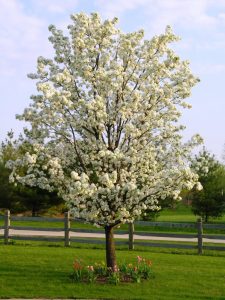 Bradford Pear (Pyrus calleryana)
Bradford Pear (Pyrus calleryana)
The Bradford Pear, an American variation of the Chinese Callery Pear, was developed by the US government in Maryland in 1963. It quickly became widely planted for its fast growth and lively colors, with stark white booms in the spring and vivid green leaves that last long into the fall. However, its fast growth resulted in very brittle trunks and branches. Bradford Pears are notorious for having limbs snap off of the main trunk and cause damage to property below. In addition to their weak structure, Bradford Pears are invasive and are known to produce an unpleasant odor. In fact, many city and local governments across the US have passed moratoriums banning its planting.
Leyland Cypress (Cupressocyparis leylandii)
Leyland Cypress is a fast-growing evergreen favored for its ability to quickly create a living privacy screen. However, it requires constant upkeep and pruning to stay healthy, and as it gets taller becomes more susceptible to being uprooted during high-wind storms. Also, as a Leyland Cypress grows, the center of the tree becomes a mass of dried branches and twigs that can ignite from the smallest spark. Many of the drier-climate, western states have banned the Leyland Cypress for this reason.
Obviously, this is just a small list of plants that you may want to think twice about adding to your yard or garden. And I’m not saying that you should never plant any of these (other than the Bradford Pear, you should never plant one of those). This is just to inform you of a few things to be aware of when selecting plant materials. Good luck and have fun getting dirty. ![]()
